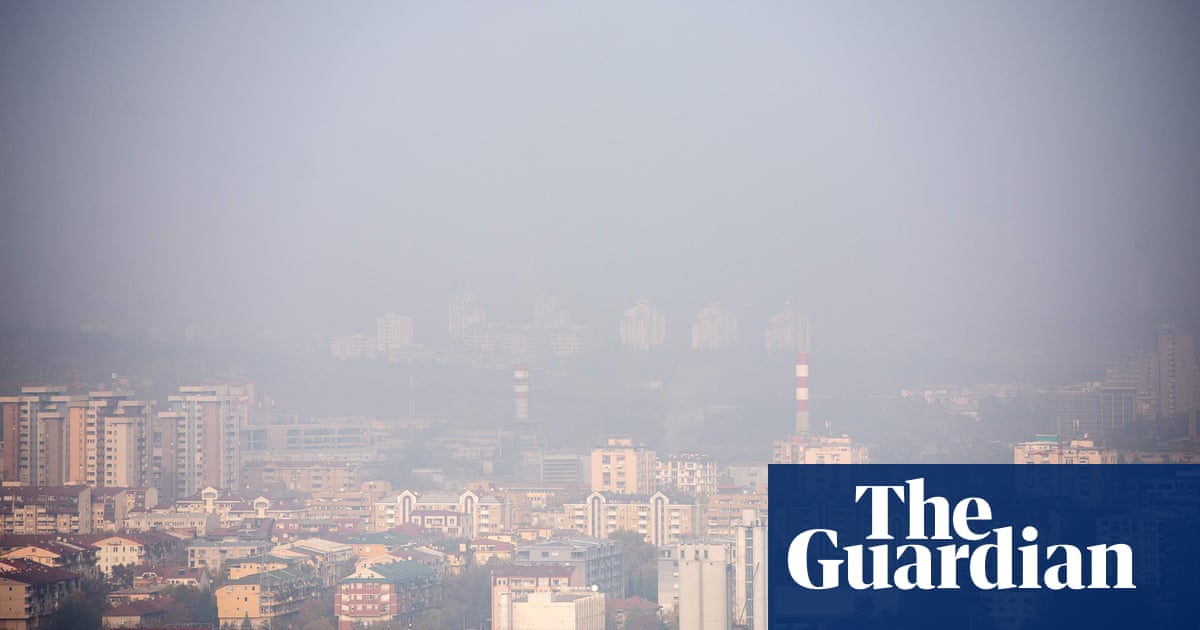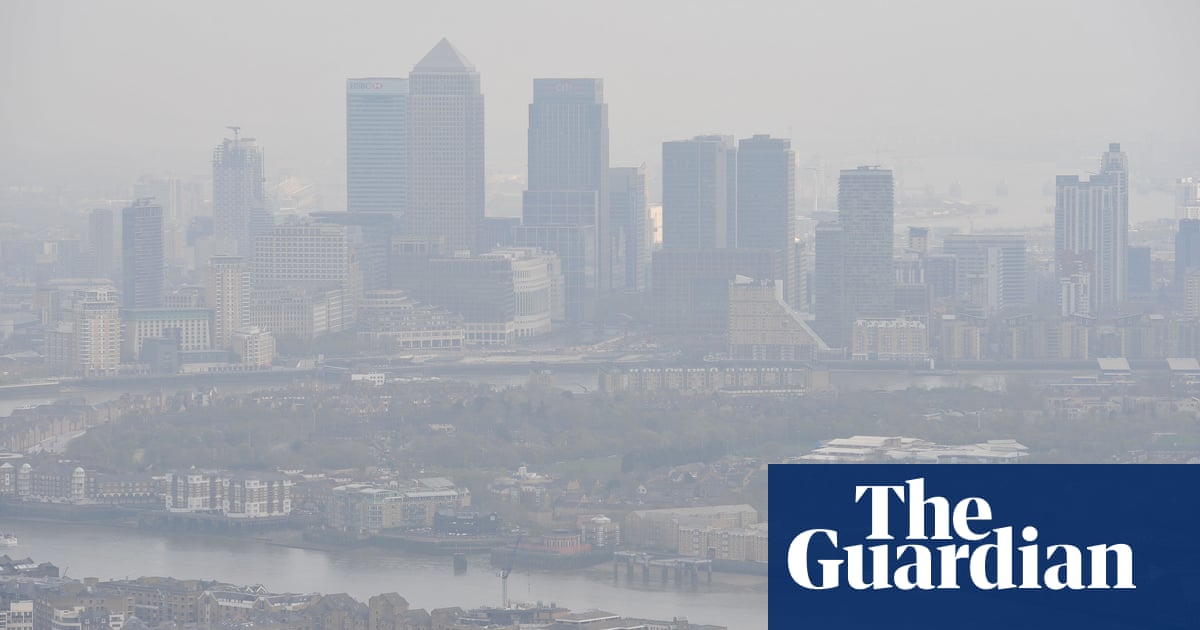
The underlying data for the Guardian’s air pollution in Europe investigation is sourced from the Expanse project, coordinated by the Institute for Risk Assessment Sciences, Utrecht University, the Netherlands, with air quality modelling conducted in collaboration between Utrecht University and the Swiss Tropical and Public Health Institute.
The project employed various data sources, including road data, land use data, satellite air pollution retrievals, chemical transport model estimates and meteorological information, which were employed as input for the air quality modelling. The data, methodology and resulting interactive were shared with air pollution scientist Dr Gary Fuller for verification.
To account for the dispersion of air pollution, the researchers calculated several variables within circular buffer sizes ranging from 50 to 10,000 metres. Once the buffered values were determined, all predictor maps were re-gridded to a resolution of 25 metres. Regression analysis was subsequently conducted between these predictors and routine exposure data for NO2 and PM2.5 obtained from the European Environmental Agency (2000 to 2019 inclusive).
Population weighting was used to give more weight to air pollution concentrations in highly densely populated areas to better represent population exposures: typically a population-weighted exposure is higher than an average concentration because air pollution tends to be higher in areas where more people reside.
The data was aggregated at local administrative unit (LAU) level, geographical units used by the EU with an average of 5,500 residents each, of which there are more than 98,000 across the continent of Europe (excluding Cyprus, Bosnia and Herzegovina, Montenegro and Kosovo).
A small proportion of European districts not located in Europe (for example, the Canary Islands) are not represented in the data.
Certain LAUs have relatively high PM2.5 concentrations despite having very small populations. However, these are usually not caused by primary pollution sources but are secondary, such as by chemical reactions in the atmosphere, or are due to broader regional concentrations.
No PM2.5 data was available in a small number of areas, equivalent to less than 1% of the LAUs covered by the data.
For the purposes of this exercise we have used the areas’ Latin names but the data is also searchable in non-Latin scripts.
The break points used in the interactive are based on a rounded Jenks natural breaks interpolation and are displayed at the following intervals:
<2.5 µg/m3
WHO limit (5 µg/m3) sourced from here
EU limit (2030 proposed) (10 µg/m3) sourced from here( PDF)
EU limit (current) (25 µg/m3) sourced from here
Max value (28 µg/m3 as per the data)












